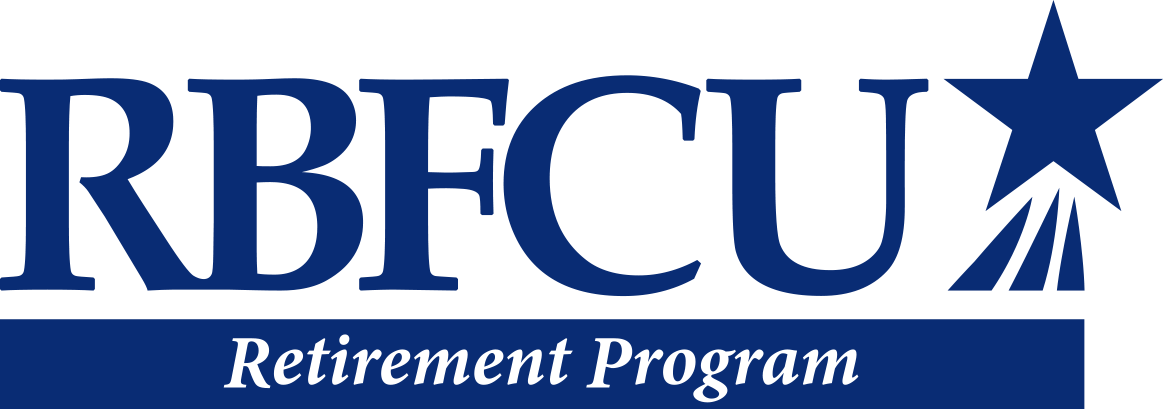6 Ways to Build a Retirement Nest Egg as a Texas School Employee
Planning ahead, getting an early start and doing your homework? Those tips don’t just apply to students working toward classroom achievement. Forward-thinking Texas school employees who seek to build a retirement nest egg know that their future well-being may hinge upon similar preparation.

Indeed, simply having a better understanding of financial strategies and solutions can impact how much money you might have on hand to support yourself in retirement.
It’s worth noting that most U.S. retirees rely upon Social Security Retirement benefits or employer-sponsored pension plans to fund their post-career lives. But 96% of Texas public school employees do not pay into Social Security,1 relying instead on the contributions they may make to the Teacher Retirement System (TRS) of Texas.2
Yes, TRS is the only source of retirement income for many Texas public school employees, although those pension funds can come up short of meeting a retiree’s needs. Thus, many school faculty and staff members seek ways to prepare for the future by anticipating and filling potential retirement income gaps.
To help you better grasp how you might advance your own retirement nest egg goals, let’s take a closer look at six common strategies.
1. Start building your retirement nest egg early
As a financial advisor for the RBFCU Retirement Program ─ which specifically serves Texas school employees, Deric Eldridge meets routinely with faculty and staff approaching retirement. And what’s the number one thing they tell him? “I wish I had started saving for retirement sooner.”
“Many people realize too late that they need to actively put away money for retirement,” said Eldridge. “But starting as soon as possible means you have longer for your money to build value.”
Of course, retirement isn’t top of mind early in one’s career. Far from it, in fact other financial concerns may seem more pressing, such as saving for a house, paying off student loans, growing a family or traveling.
Yet when it comes to planning for your golden years, it’s never too soon to get started. Putting together and using a household budget3 while saving or investing funds for retirement can be as much about working toward growing confidence in your financial future as it is building sound habits.
2. Contribute to your retirement through payroll deductions
“Saving money while you’re working is fairly easy, especially when it can be set aside through payroll deductions,” explained Eldridge. “Naturally, a savings account is a good place to start, but many people find value in a 403(b) plan, too.”
Through pre-tax payroll deductions from your paycheck, many school faculty and staff opt to invest in a Traditional 403(b) tax-sheltered plan. Similar to the better-known 401(k) plans many for-profit businesses offer their employees, the plan can follow you when you change employers or even careers. And, yes, Roth 403(b) plans are an option, too. The biggest distinction between the two types of 403(b) plans? Roth contributions are made to your chosen plan after taxes are taken from your paycheck. And, yes, you can have more than one type of plan. It just depends upon your goals and how much money you have available to set aside for retirement.
3. Learn which investments are right for you
Investing can seem complicated, but many people are drawn to it as a financial strategy — even if they’re not sure where to begin. It’s okay to be a beginner investor!
Fortunately, the Securities and Exchange Commission (SEC)4 maintains a helpful guide for K-12 educators interested in saving and investing, with a special emphasis on diversifying investments, understanding the differences between stocks and bonds as well as mutual funds and exchange-traded funds (ETFs).
If you’re also eager to look at more aggressive investment strategies, a certified financial advisor can suggest strategies and resources that may help you learn how to reduce your investment risk.5 (We’ll talk more about the value of building a longstanding relationship with a financial advisor in a moment.)
4. Place your funds in your retirement account — and keep contributing
Eldridge said the biggest mistake he sees investors make is withdrawing money from their plans early.
“Even worse is stopping contributions altogether,” he explains. “Some investors justify this action by telling themselves they will put away more money later or start contributions again at some point in the future.”
Rooted in emotion and in response to personal matters or market fluctuations, Eldridge said some of those choices derail long-term plans in ways that may make it difficult to get back on track. Divorce, job loss, a health care crisis, the need to become a caregiver for a family member … all of these life events can steer one off course. The important thing is to stay or get back on track with your long-term financial goals as soon as is reasonably possible.
By staying disciplined in making regular contributions to your retirement plan, setting aside savings for emergencies and adhering to a budget, you may approach retirement feeling more confident that you’ll have the resources desired to maintain your comfort.
5. Work with a financial advisor
“If you don’t feel that you have the time or the knowledge to guide your investments on your own, the next step might be to discuss your retirement planning needs with an investment professional,” said Eldridge. “Consider talking through what you currently contribute to TRS as well as other potential ways you might build your retirement funds over time. The more information about a client we have to work with, the better we’re able to help you puzzle through which options might work best.”
Finding a financial advisor whom you can trust6 — and one who understands the unique challenges of being a public school employee — may help you grow more confident.
“My role is to reach out to school employees, so they know the services and investments that are available to them, whether they start a new account or rollover an account,” Eldridge explained. “I really am here to help.”
6. Review your retirement plan annually to stay on target
From your earliest days on campus, it’s wise to keep retirement planning on your mind. As you continue your career and your life moves forward, however, the goals you first established may change.
That’s why it’s important to review your short- and long-term financial goals annually. Although your account statements can give you some insights into how your money is doing, a thorough examination with a financial advisor can help you modify your strategy to better pair with recent life events.
The takeaway
When it comes to planning for retirement, it can be helpful to take a closer look at a variety of options, learn the fundamentals of investing, and choose a financial advisor who understands the obstacles and opportunities that may await as you work your way from the classroom to your retirement.
Fortunately, the RBFCU Retirement Program can help. Our financial advisors are familiar with the unique needs and challenges faced by Texas K-12 school employees.




